One of the main questions for beginner digital nomads is, how much does it cost to be a digital nomad?
“Can I afford it?” “Do I have enough savings?”
These concerns are valid. The worldwide currencies and varying costs of living can be confusing and, sometimes, intimidating.
But worry not because this article will show all the cost factors you need to consider and how much you need for your first trip.
Factors Affecting Budget
1. Location & Season
Staying near the Eiffel Tower in Paris or Macchu Picchu in Peru is going to cost more than Ko Lanta, Thailand, or Lisbon. It’s because tourist destinations charge tourist prices.
Additionally, during the high season, prices are definitely higher than usual. However, you don’t want to go during the low season and experience bad weather and floods.
Find a balance between locations and seasons where you can live for a long period of time. Remember, you’re not on vacation.
2. Country’s Cost of Living
Tim Ferris, the author of “4-Hour Work Week”, made the concept “geo arbitrage” popular. It’s basically using a strong currency like the US dollar or Euro to go farther in many countries in the world.
Your dollar can buy a lot in Southeast Asian, South American, and West European countries. Research the cost of living on Numbeo.com and Nomadlist.com before choosing your destinations.
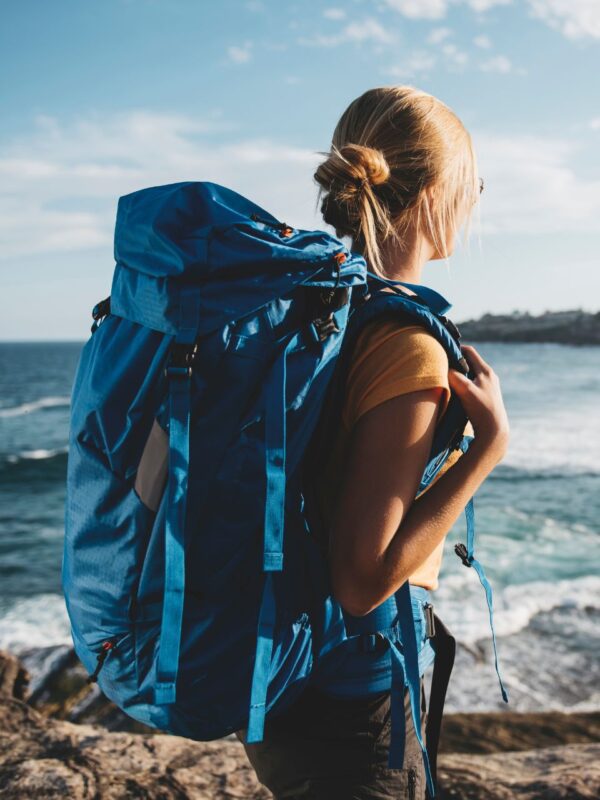
3. Accommodations
Your accommodation (or rent) is usually your biggest expense. You can either rent, do house sitting or do house swapping. Most digital nomads rent. In either case, your options are Airbnbs, hostels, local apartments, and co-living spaces. Luckily, you can easily research this to see what the cost for your accommodations will be in a particular place and time.
4. Food
Food can take up a big chunk of your budget if you’re going to eat our often. Eating fast food and food packets may save you money, but is an unhealthy option in the long run.
Experienced digital nomads recommend a mix of eating out and cooking your own meals to save money.
5. Duration of Stay
It’s the rule of thumb for digital nomads that the longer you stay in an area, the cheaper it gets. This is because you can get more discounts on your accommodations when you book for months than weeks, on everything from a bike rental to coworking & your housing.
Types of Travel and Cost of Places
Taking all the factors above into consideration, your budget would depend on the kind of lifestyle you’re going to live, the cost of the place you’re going, and the activities you’re going to do.
• Are you on a tight budget or a more comfortable budget?
• Are you going to a cheaper country, a mid-range country, or an expensive country?
• What kind of activities are you going to do–hiking, scuba diving, sky diving, or museum trips?
Based on how strict your budget will be, here is what it costs to be a digital nomad:
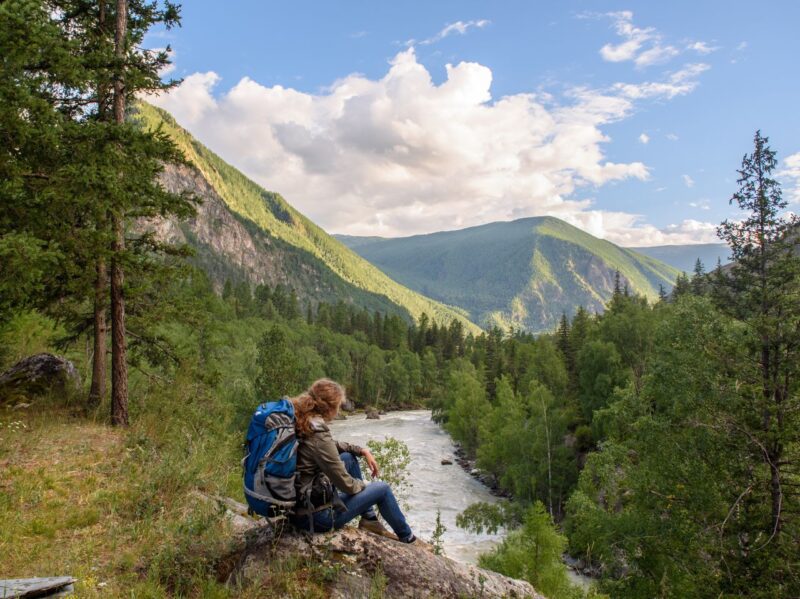
BUDGET TRAVELER
This is the cost for a digital nomad on a budget. It involves taking the bus instead of faster transportation, cooking at home, booking cheap shared accommodations, and watching your spending. It is doable, but difficult to maintain in the long term.
$1,000 / month in Cheaper Countries
Example: Thailand, Vietnam, Indonesia, Columbia
$1,800 / month in Midrange Countries
Examples: Portugal, Spain, Singapore, Australia

COMFORTABLE TRAVELER
This digital nomad budget is not blowing the bank, but eating out once in a while, opting for faster transportation, more comfortable accommodations, sometimes renting a bike or scooter, and coworking spaces. Budgets vary widely, but most digital nomads fall into this category.
$1,600 / month in Cheaper Countries
Example: Thailand, Vietnam, Indonesia, Columbia
$2,900 / month in Midrange Countries
Examples: Portugal, Spain, Singapore, Australia
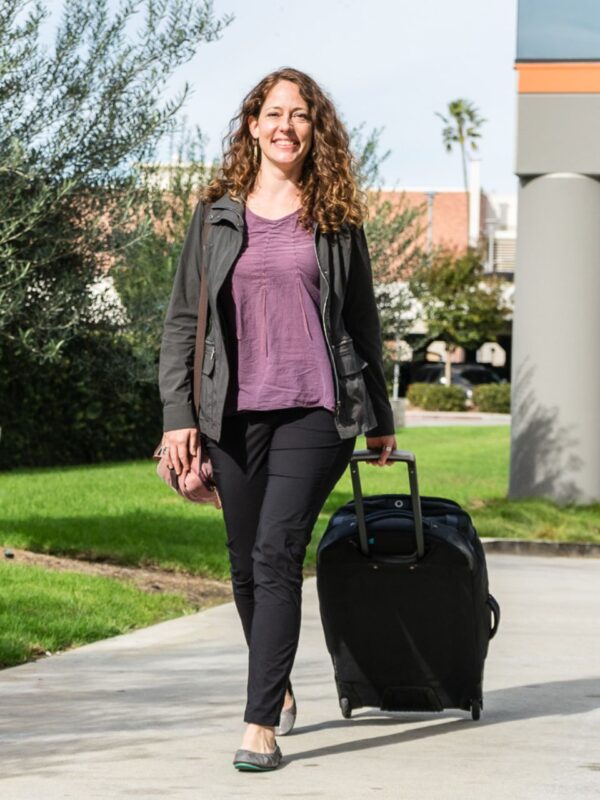
You can afford it!
Financial planner Nora Dunn, a digital nomad for 16 years and contributor to our online courses, says that midrange countries are achievable destinations, even for beginning digital nomads. Even comfortable travel is possible!
If you’re earning a strong currency like US dollar or Euro, you can afford “a good standard of living and high quality of life for a fraction of what you spend in US or Europe.”
You Need 6 Months of Savings
The general rule of seasoned digital nomads is to have savings equivalent to six months of your monthly essential costs. This means that if you’re on a comfortable budget in Thailand of $1,600 per month, you should have $ 9,600 in your savings account.
Why have savings and why six months?
Your savings will act as a cushion in case you encounter unexpected turns in your trip. *Knock on wood* Let’s say you resign from your current job or can’t find a client, your savings will save you from abruptly cutting your trip short. For six months, you can still continue your lifestyle while you look for another stream of income.
Aside from savings, there are also other costs you need to include in your budget before you start your trip. These are:
• Flight ticket 800 USD (one-way)
• Insurance 42 USD (per month*)
*SafetyWing is popular among digital nomads because they provide a combination of health and travel insurance for only $42 per month (28 days).
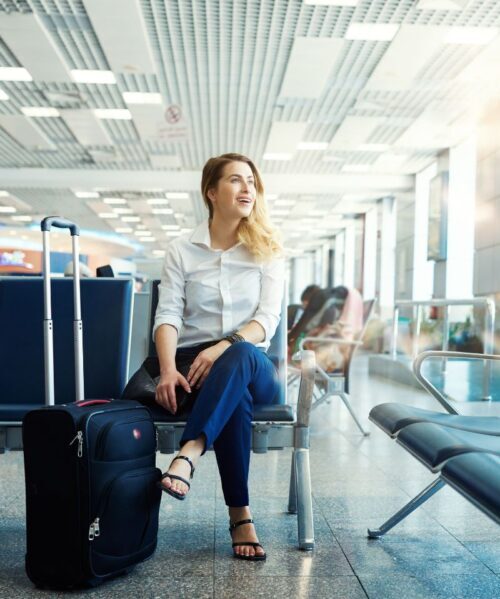
Factors Affecting Budget
Digital nomads have different budget allotments because they have different needs and preferences.
Some nomads save on accommodations by sharing apartments or living in hostels while others prefer having their own space. Other nomads love extreme sports like skydiving and need extra room in their budget for activities.
Make a Budget for YOU
There is no standard budget for nomads. According to financial planner Nora Dunn, a digital nomad and contributor to this course, “the beauty of this lifestyle is you can make it look like whatever you want. It’s a completely malleable lifestyle so there are no rules.”


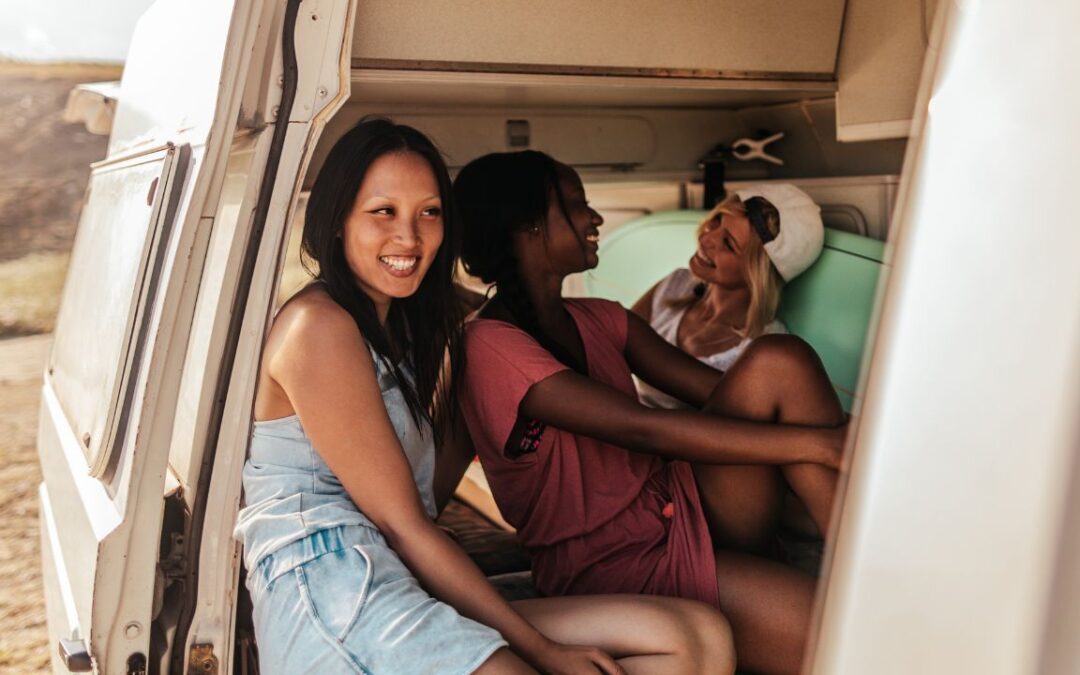

I agree with Nora Dunn said, comfortable travel is definitely affordable in many countries if you know how to budget well
Another tip: Have another savings account for long-term goals. You can save up in a different bank or invest them, either way, you need to have a long-term savings for the future.
I agree with this! It’s always good to have a long-term plan. Start small in the beginning and no matter what, don’t spend the money in that account.
The sites Numbeo and Nomadlist are so helpful in creating a budget for your next travel. Thanks